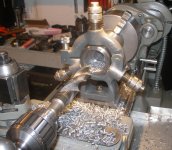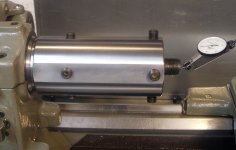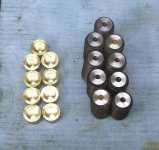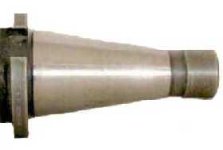Pete, don't be fooled by how things "appear". Yes, rigidity and HP are a plus when doing heavy work. But there is no reason a guy can't do good work (turning, drilling, parting-off) using a 10"-12"- 13" swing lathe (that includes bench lathes,,, and you probably won't be drilling any 2" holes unless it's in nylon/plastic). You just have to take into account that you may not be able to do it as fast. Proper tool geometry, proper spindle speed and feed rate, proper set-up, good work holding (chuck or collet) and good tool holding all make a difference in the final outcome, regardless of machine size. There's no reason on earth why a guy can't part-off half a dozen pieces on a manual bench lathe if he has observed all that I mentioned above, even to include feeding the parting tool with the power feed. These are "basic" principals, traceable back to the beginning of the industrial revolution. Ignore the "basic principals", whether chambering a barrel or parting-off a 1" piece of 12L14, drilling a hole of any size or turning to a given size and the trouble begins!
Interesting that you mention use of the power feed for parting. This one I haven't got licked, you're better than me. Much better.....
Due to the changing surface speeds I feed by hand, by 'feel' while parting, even with cheater-stock like 12L14. Pretty much always I feed by hand once I think about it, for parting. Even for one piece...
Just last nite I was making weights for pool cues, parting off 1" hunks from 1" diameter barstock. Exactly like your above illustration. I managed to get 6 (your "half a dozen") from one setup by seriously feathering my in-feed, basically making the first 3-4 parts all at different rates. Of course the last couple I could have walked away...
BUT....6 was my limit. I made about 20pcs. I don't think I could do 7 pcs without messing up my end cuts and finishes.





